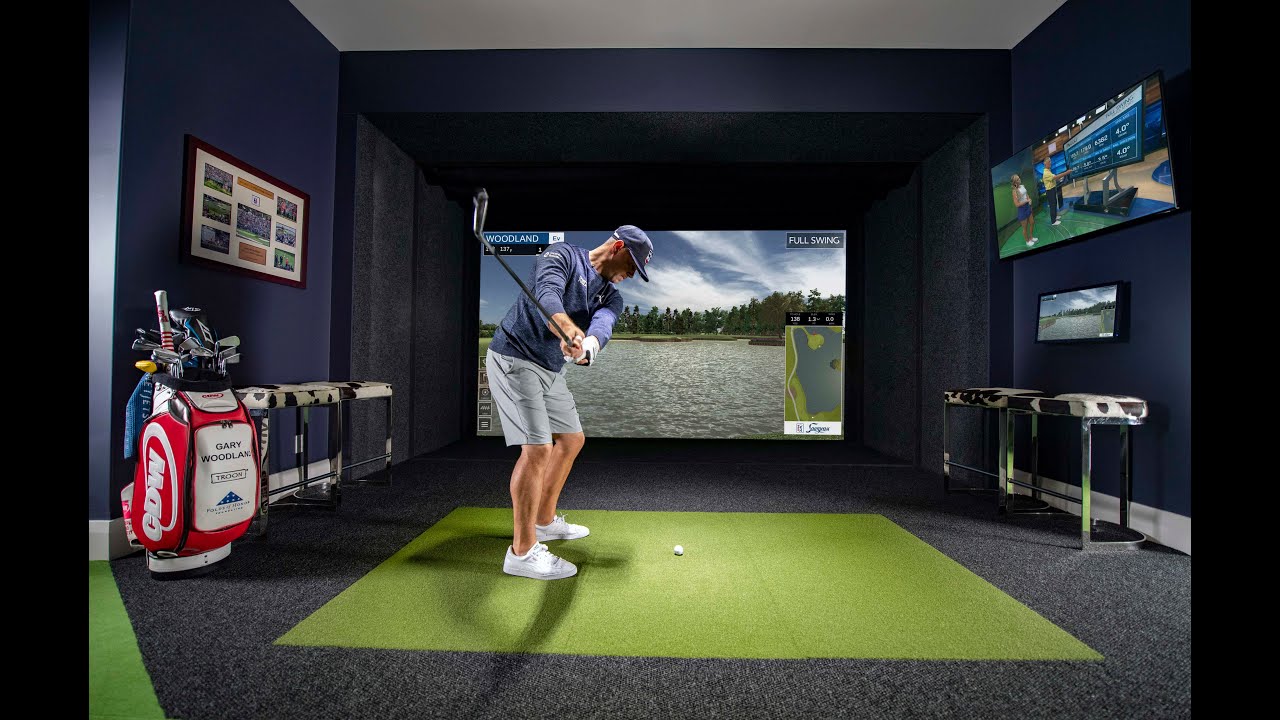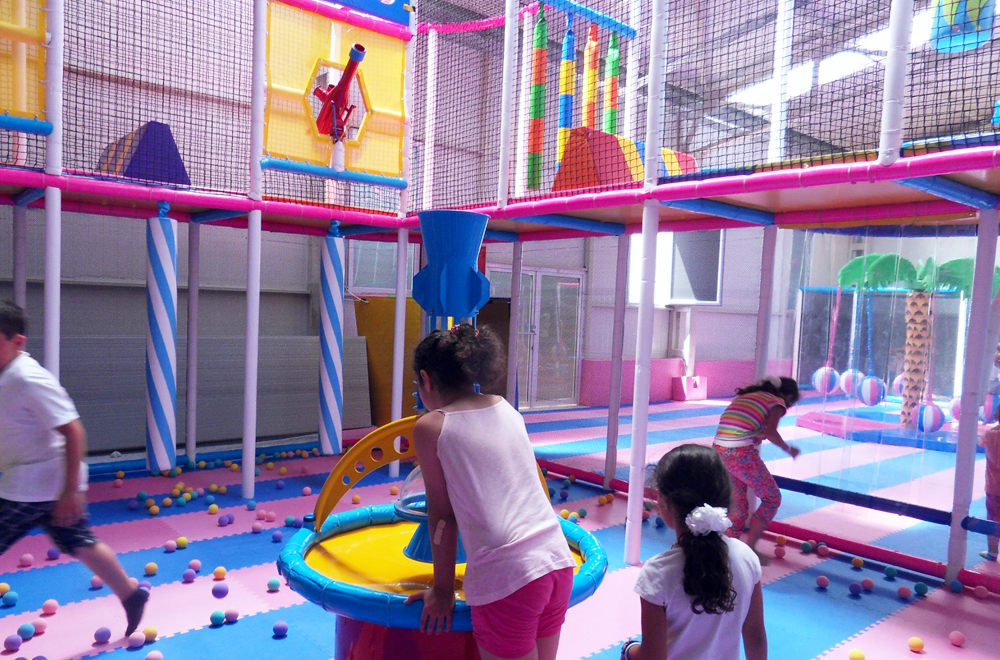

Almost all new inventions have teething problems. However, the research and development of golf simulators have brought nothing but progress. The new golf technology turned out reliable and trusted, offering more people the opportunity to practice and know the game. Indoor gold simulators vary significantly, but the more expensive models are much better.
Cheap options aren’t entirely bad, but they can cause you some issues, unlike those that are decently prized. You can experience them at an indoor golf bar or pay for a lesson at a golf store to know the difference.
Types of Golf Simulators
Due to the availability of this technology, the prices go down each day. This makes it possible for golf lovers to install an indoor golf simulator in their own homes and do more practice on the game. Although indoor golf conveniently brings the game to more people than in a typical outdoor setting, the experience can’t compare. For instance, indoor golf needs setting up, unlike the standard golf course where the field is natural and there is no simulator to tell you how many yards the ball is to the hole. However, you practice more at home in a smaller, familiar space.
Photometric
Photometric simulators are flexible camera-based systems ideal for indoor and outdoor use. They capture ball images o high-speed instantly on impact. You can use the images to obtain data parameters to determine the shot shape and distance. They also capture the launch angle, distance from the center, and back and side spin. A stereoscopic system is similar to a photometric in that they take images from different angles to increase the accuracy of shots. For more accurate measurements, you can do better using telescopic or quadrascopic systems with three or four cameras.
Infrared
Infrared simulators capture the club head position by emitting light signals. The golf ball isn’t measured, meaning you can use foam or plastic balls with infrared systems.
Radar
Radar-based simulators use Doppler radar technology to track the ball. The radars release a microwave signal that bounces back after the impact of the golf ball. The technology is ideal for outdoor activity, but can also be useful indoors if there’s enough free ball flight. It uses microwave signals, meaning it’s not influenced by ambient lighting, unlike the conditions, unlike the photometric and infrared systems.
How a Golf Simulator Works
Golf simulators have been around since the 1970s, but are on the rise today. This is because technology has improved significantly technology-wise, making it more accurate. A golf simulator is a technology that allows you to practice the game indoors in a virtually imitated golf environment. It’s an automatic golf setup that mimics the actual game. This way, you can analyze a swing, understand your weak points, and improve your game without going to the field.
Conclusion
Golf simulators are becoming more common as enthusiasts get to practice and learn the game. The best part is that golf simulators teach you all you need to know about the game at your convenience. Get yourself a golf simulator and begin the journey of learning the game immediately at your pace.


